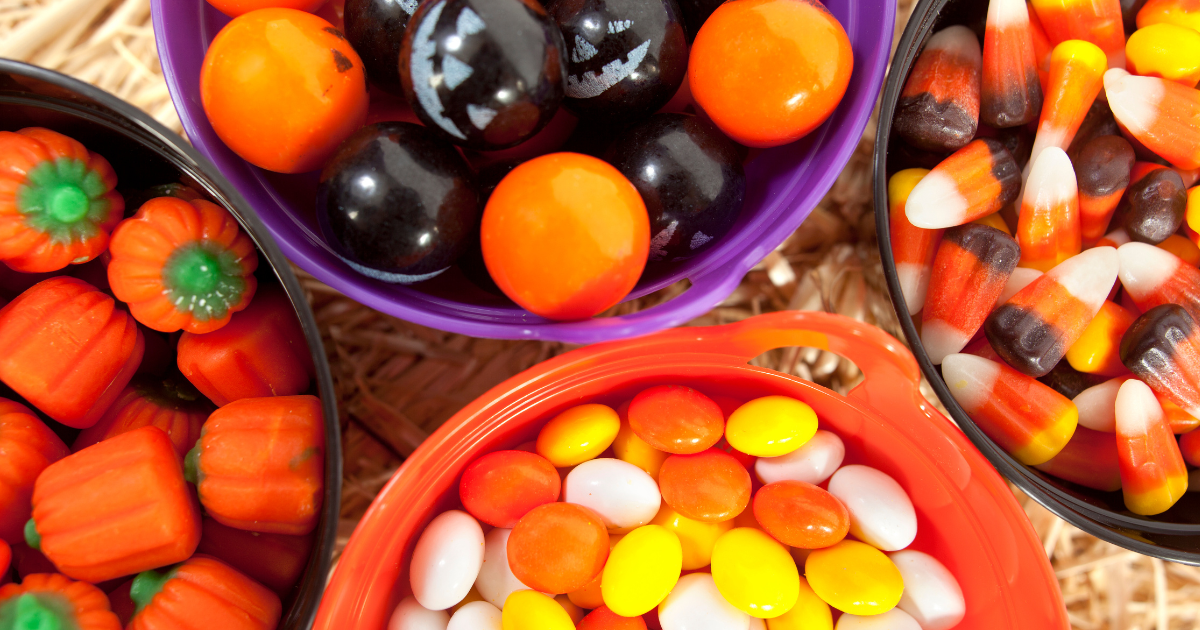
©sampsyseeds via canva.com
California Bill Bans Red Dye No. 3
October 31, 2023
The recent California processed foods ban on the ingredient Red Dye No. 3 means you should avoid this additive to the best of your ability for health safety reasons.
In the wake of California’s recent ban on Red Dye No. 3, the spotlight has been cast on this food coloring additive that, despite its dwindling popularity, is still present in some candies and food products — a pertinent concern as kids and adults alike start snacking on Halloween candy.
The ban, justified by health safety concerns, was enacted under California’s Food Safety Act. Consequently, Red No. 3 now joins the list of prohibited additives in the state, alongside brominated vegetable oil, potassium bromate, and propylparaben.
Seattle-based Food Safety Attorney Bill Marler notes that although many major candy manufacturers have already switched to alternative dyes, the absence of a nationwide prohibition means Red No. 3 might still be lurking in your candy dish.
“There are a lot of food dye additives that have been of concern to a variety of consumer groups over the years. I think that the science is pretty clear that these dyes don’t really have any other value other than making the food a little bit brighter for us and getting us more excited to eat it.”
Bill Marler via FOX 13 Seattle

Consumer Reports highlighted that despite many manufacturers discontinuing the use of “Red Dye No. 3, also known as FD&C Red No. 3, red dye 3, and erythrosine,” others still use it as a food coloring “to give a bright, cherry-red color to thousands of food products now on shelves, including candies, baked goods, snacks, cereals, and sodas.” For example, Consumer Reports noted in April that it was still being used in Hot Tamales Candy and some Peeps products. The Environmental Working Group’s food database also shows its usage in various items, including fruit cocktails and strawberry protein nutrition shakes.
This concern extends beyond just the food industry. Marler highlighted that Red No. 3 was banned from usage in many U.S. cosmetic products approximately three decades ago due to studies indicating a cancer risk in mice.
The Center for Science in the Public Interest has petitioned the Food & Drug Administration to remove Red No. 3 from the list of approved color additives in foods, dietary supplements, and oral medicines, citing safety issues and cancer-inducing properties.
This move by California amplifies the ongoing debate surrounding the safety of food coloring additives, and it remains to be seen how other states and the FDA will respond.
Recent News
Tech Experts Claim Multimodal AI Is the Next Big Thing
In the ever-evolving landscape of technology, there’s a new contender stealing the spotlight: multimodal AI.
McDonald’s May Be Ending Its Free Drink Refills
The days of patrons refilling their own cups will be over by 2032.
Trump Embraces Cryptocurrency to Mixed Responses
Former President Donald Trump’s recent embrace of the cryptocurrency market has stirred both excitement and skepticism within the industry.
Bumble Is Sorry for Ads That Mock Celibacy
The dating app is in hot water for its newest ad campaign.

